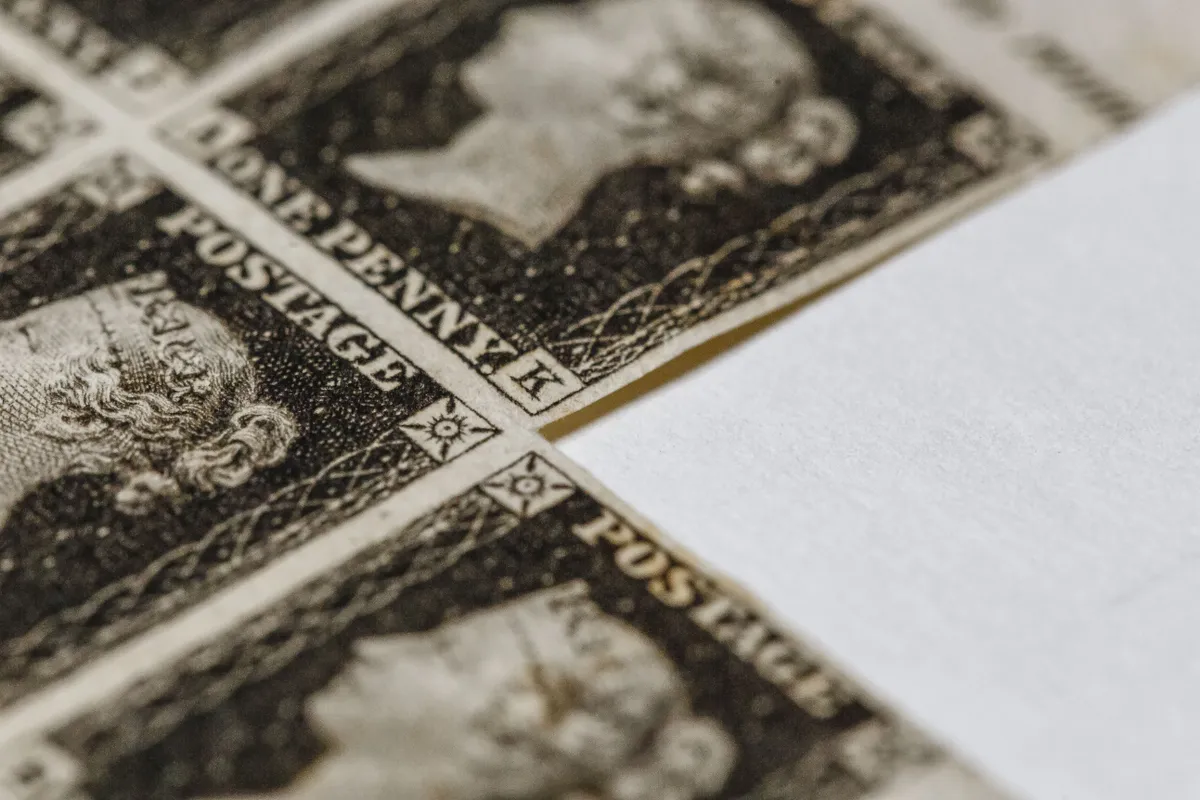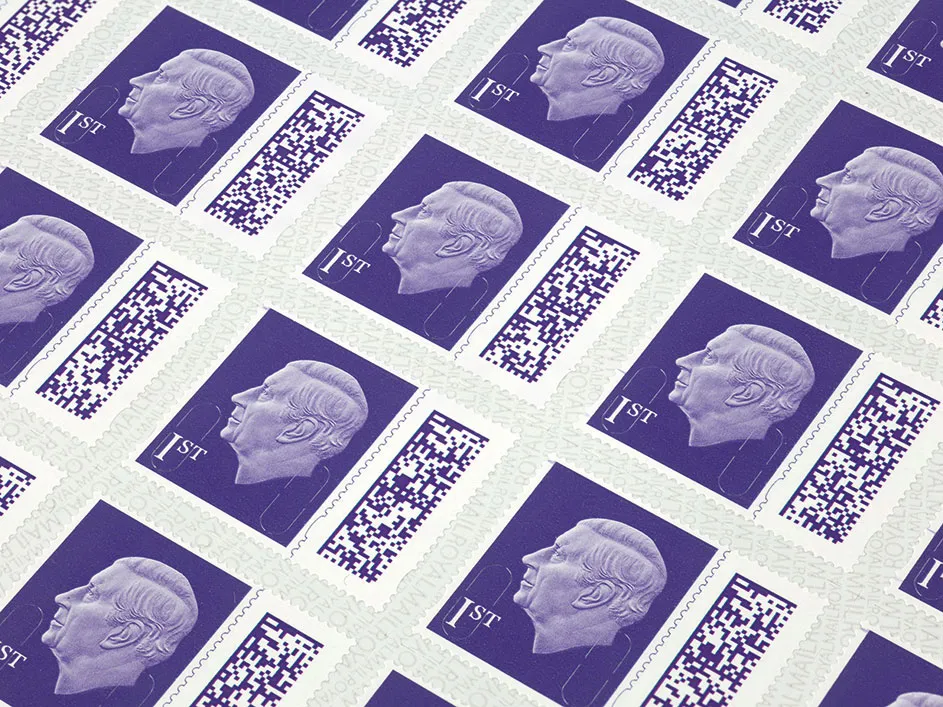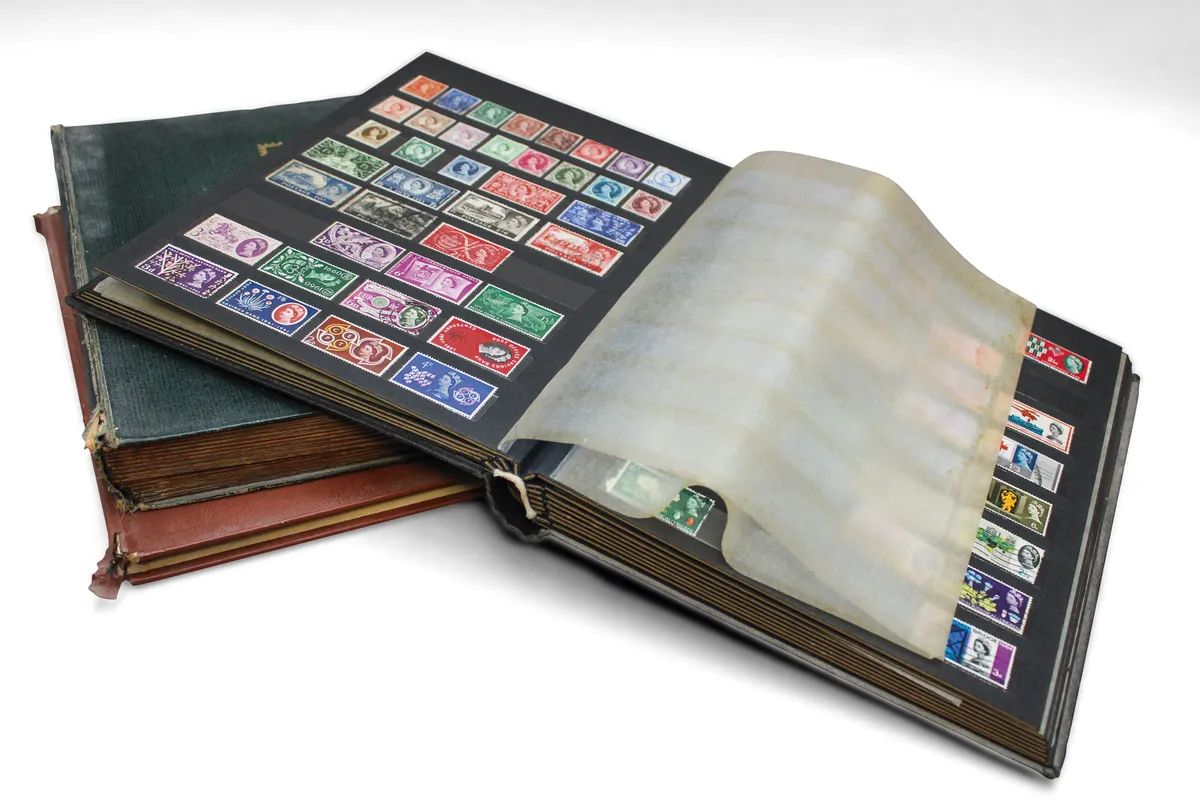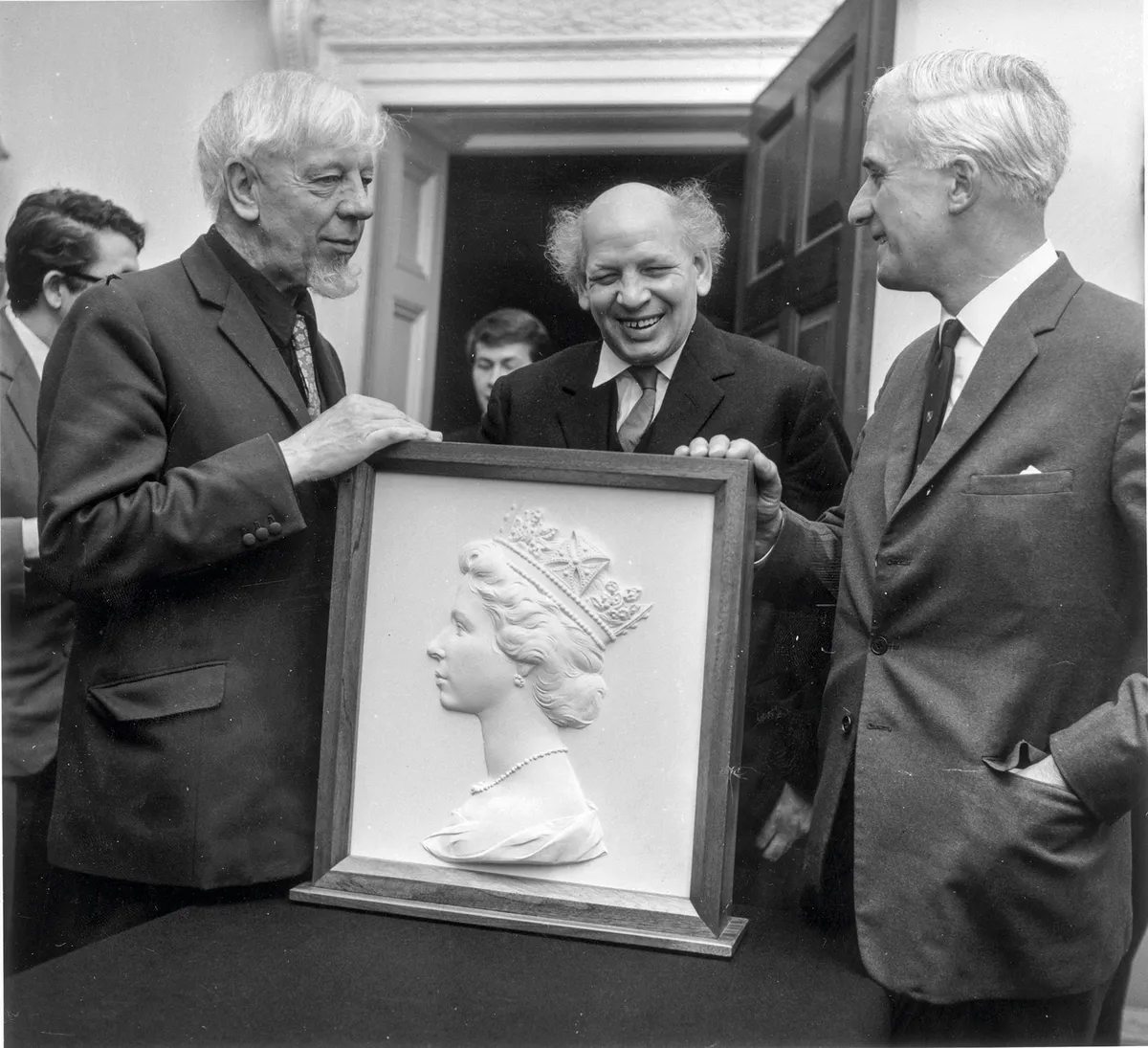What is stamp collecting called?
Philately is the name given to the study and collection of postage stamps.
How to start collecting stamps?
Stamps are sold in lots of places, from charity shops to specialist auctions. International stamp fairs like Stampex, held online and in London, are great places to see other people’s collections, listen to talks, and to buy stamps and specialist equipment. Or you could just start by saving the stamps from any letters you receive!
What is a Penny Black?
It’s easy to take stamps for granted, says Corinne Galloway, senior curator at The Postal Museum, but they were part of a revolution in communication: ‘Stamps were a radical new idea. Before the introduction of the pre-paid penny stamp in May 1840, now known as the Penny Black, it was very difficult for ordinary people to communicate over any distance. The cost of postage used to be calculated by how far a letter was sent, and by the number of pages, and was paid for by the recipient. Before stamps, a letter could have cost as much as 12 loaves of bread – a luxury few could afford.’

How much are old stamps worth?
Stamps can be worth a few pence or, very rarely, millions of pounds. The reasons for stamps’ very different valuations can seem bewildering to non-specialists. As with other collectables, condition, rarity and provenance play important roles.
It’s sometimes a surprising oddity – such as a mistake in the printing process in a small run of stamps – that makes a stamp appeal to collectors, who compete with each other at auction to acquire it, pushing up the price.
How important is condition in stamps?
Condition generally impacts on value. Stamps that are very thin, creased, or dirty tend to be worth less than fine examples. Older stamps are also usually more valuable than newer issues, but older isn’t always better, saysConstanze Dennis, managing director of Grosvenor Philatelic Auctions.

How much is a Penny Black worth?
Not all Penny Blacks are very valuable. In the nine months they were in circulation, tens of millions were sold. Dedicated Penny Black collectors develop meticulous knowledge of the tiny variations between different iterations of the stamp. So while a Penny Black might sell on eBay for around £30, to be worth thousands they need something special, for example to never have been used, with a fully gummed back.
Or a more valuable Penny Black might have some unexpected quirk, like it has been cancelled with an unusual colour ink. Constanze mentions a single envelope featuring 10 Penny Blacks posted on the very first day they were issued, which sold for £250,000 in 2001. It’s now held in the Royal Philatelic Collection (the royal family's private stamp collection).
How to store stamps?
There are two main kinds of stamp albums. The first have paper pockets, into which stamps are inserted. The second have paper pages, sometimes pre-printed with labelled spaces for specific stamps. To secure the stamps in the second kind of album, the collector needs to add a gummed paper hinge on the back of the stamp. Hinges tend not to be used on more valuable stamps, as they can affect the condition of the reverse side.
What's special about British stamps?
Stamps are national symbols, Corinne explains: ‘They help tell a story about who we are, the elements of our culture and society that we want to celebrate, and the values that connect us. Commemorative stamps feature figures from science, the arts, or history, and show what’s important to us. And in the UK at the core of stamp design is the monarch – every British stamp is required to feature their image.’

Despite their illustrious history, stamp collecting is the most ‘unsnobby’ of hobbies, says Constanze. ‘Stamps are like little windows on the world and, whether you’re interested in art, history, geography, or the science of stamp production, there’s an infinite number of ways to focus a collection. Some collectors are interested in broad themes, like post-war stamps from Commonwealth countries, while others develop a really technical interest in the inks or gums that are used to make certain stamps.’
Constanze’s own collecting passion is for envelopes that have been retrieved from crash sites, like the Hindenburg airship disaster – proof that no interest is too niche in the postal history collecting world.
Constanze first started collecting stamps as a teenager, when she bought a mixed bag for 99p in a charity shop. A little stamp featuring a Cambodian tea set caught her eye. That’s another of the joys of stamps, she explains: ‘Very rare stamps can sell for thousands, even millions, but it’s also possible to buy really lovely stamps from around the world for a few pence. And the only equipment you need is a pair of tweezers, for handling the stamps without damaging them, and an album to keep them in.’
It can be difficult for the uninitiated to appreciate what makes some stamps so valuable, says Constanze. Sometimes the features that make a stamp desirable are difficult to capture in a photograph –perhaps an unusual watermark only identifiable on close inspection from the reverse. Or there might be some quirk in the way a stamp has been produced that gets collectors’ pulses racing.
In July 2023, for example, Grosvenor Auctions is selling a stamp from the Siege of Mafeking, a key event in the Second Boer War. The overprint is inverted so it will carry an estimate of around £20,000. Without the inversion, the value would be about £100.
How do you know if it's trash or treasure?
What if you’ve inherited a stamp album, and know next to nothing about stamps? Constanze offers some tips to help work out its value: ‘If it’s what we sometimes call a school boy collection, for example an album with a dedicated page for each country and just four or five stamps on each page, the chances are that it’s of low value. But some school boys had an excellent eye! So I’d recommend taking a few photographs, and sending them to a specialist auctioneer, who will be able to guide you.’

And although we might refer to school boy collectors a bit disparagingly, it was a 12-year-old Scottish school boy, Louis Vernon Vaughan, who first discovered the stamp that went on to become the most valuable of all time. In 1873, he stumbled across an odd-looking stamp among a bundle of old letters. He soaked it off the envelope and added it to his collection, later selling the so-called ‘British Guiana one-cent black on magenta’ for six shillings so he could buy some ‘better’ stamps.
After passing through the collections of various eminent philatelists, the same stamp sold for $8.307m at Sotheby’s New York in 2021. ‘That’s a pretty horrible looking stamp,’ laughs Constanze, ‘But it is completely unique and an important part of postal history.’
Important British stamp designers
Prolific stamp designers such as David Gentleman have talked about the difficulty of coming up with a good design on a small scale that incorporates both the monarch’s image and the class or price of the stamp – essential requirements of British stamps.
At the beginning of Queen Elizabeth II’s reign, a photographic portrait by Dorothy Wilding was approved for use, but Gentleman found it difficult to work with. In the 1960s, he experimented with different ways of representing the Queen, or doing away with the portrait altogether, which was deemed unacceptable.
Along with three other designers, Arnold Machin was asked to submit ideas for a new stamp portrait. Machin’s design was introduced in 1967 and has been used on stamps ever since. It has become iconic, and is probably the most reproduced image of all time.

There are have been strong similarities between all the royal portraits since Queen Victoria was first featured on a Penny Black, with the monarch always represented in profile and always facing left, except for Wilding’s three-quarter profile view of Queen Elizabeth used between 1952 and 1967.
Like the Machin design, King Charles III’s stamp is based on a sculpture, this time by artist Martin Jennings, but it is much starker than representations of his forebears, as it features no crown or other royal regalia.
You may also like...
